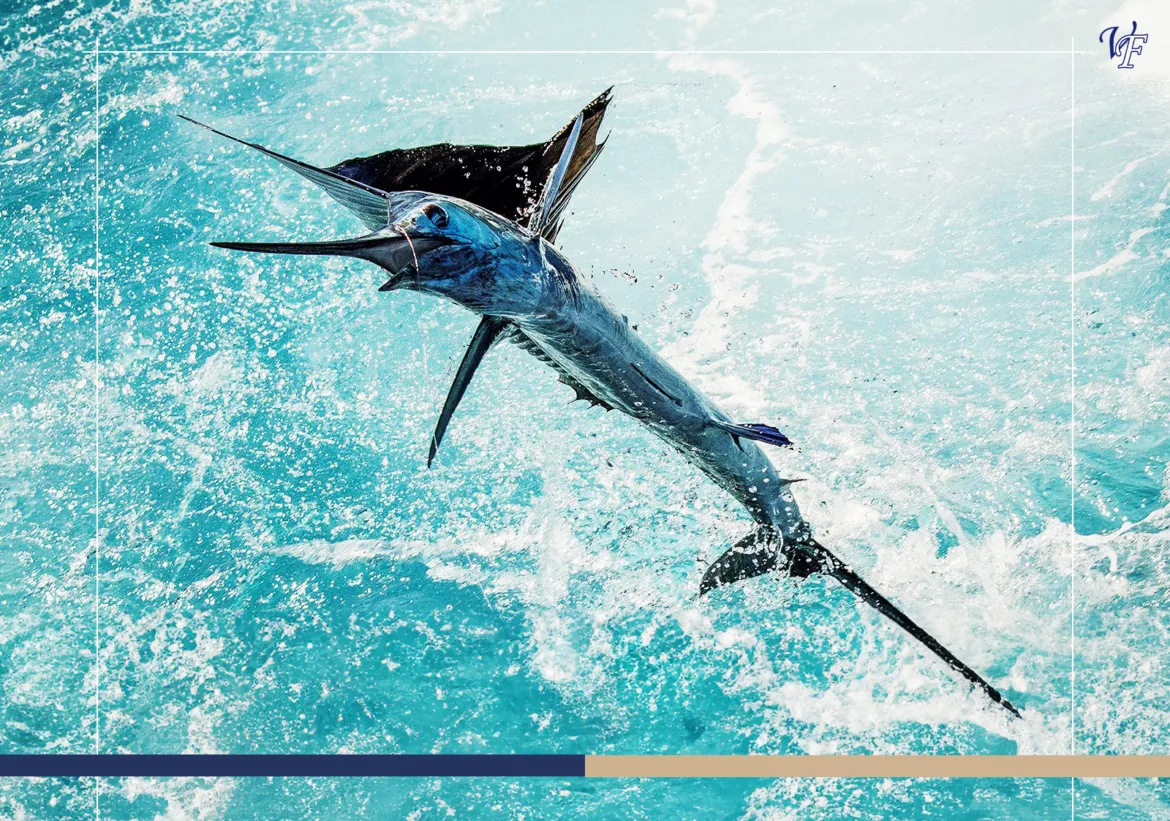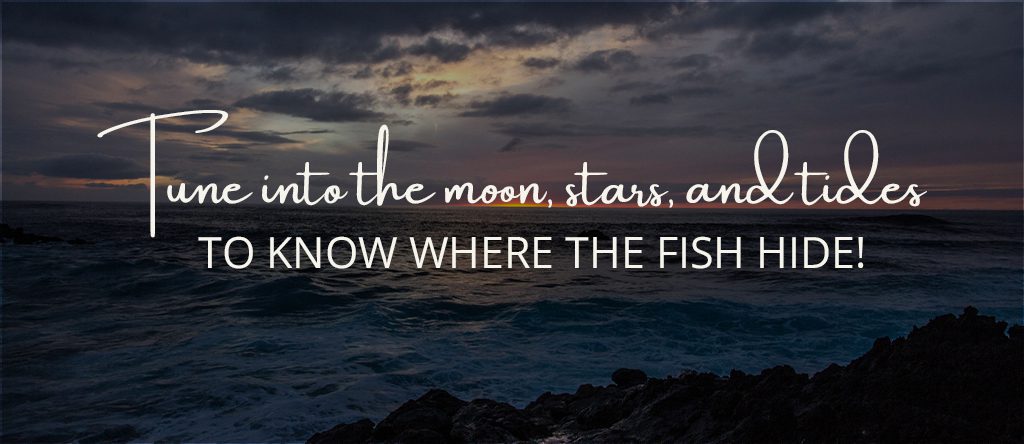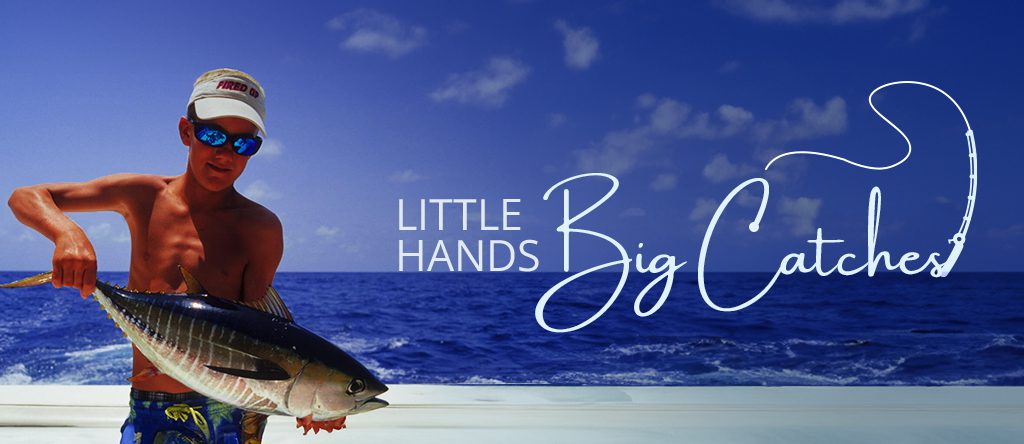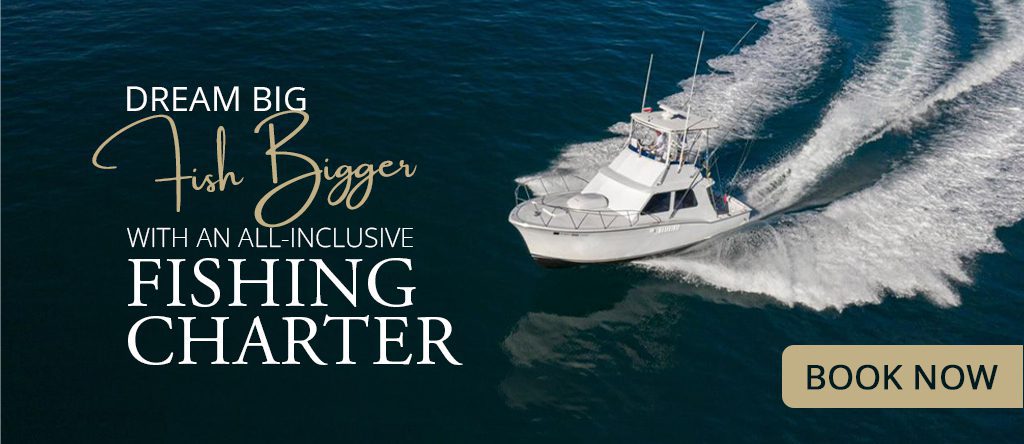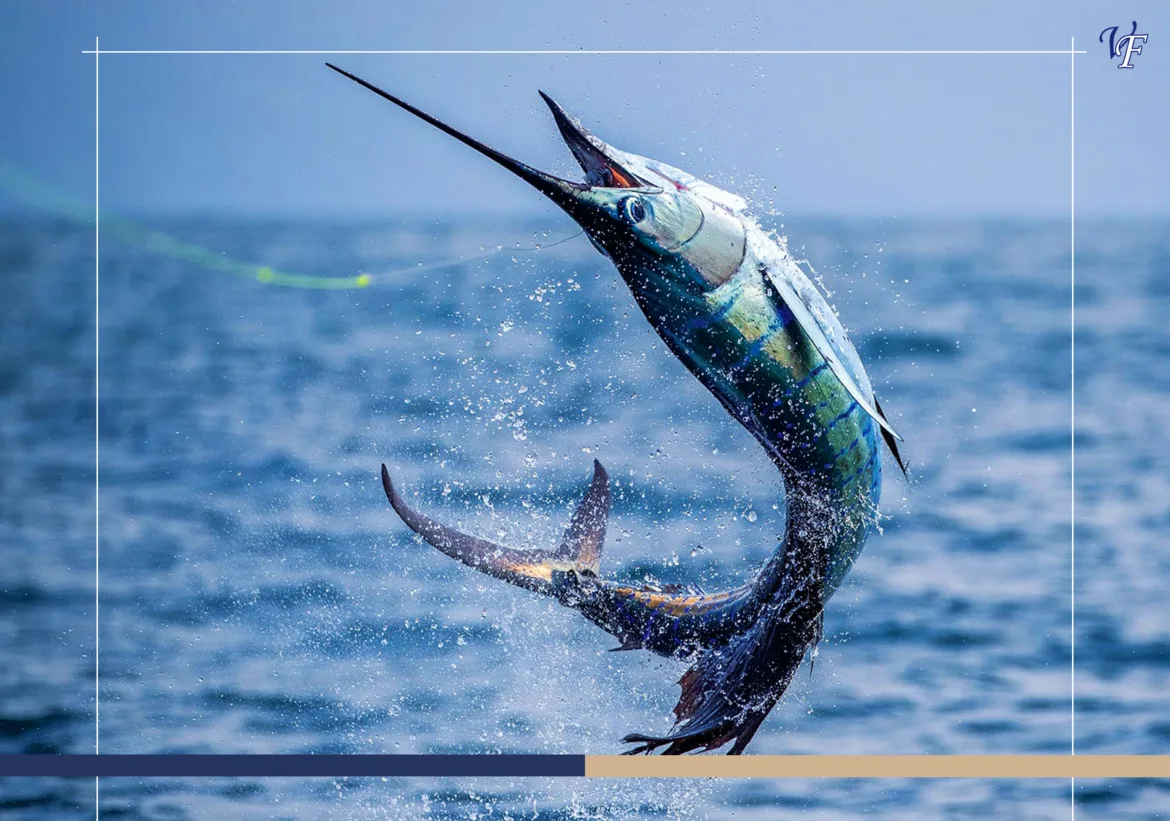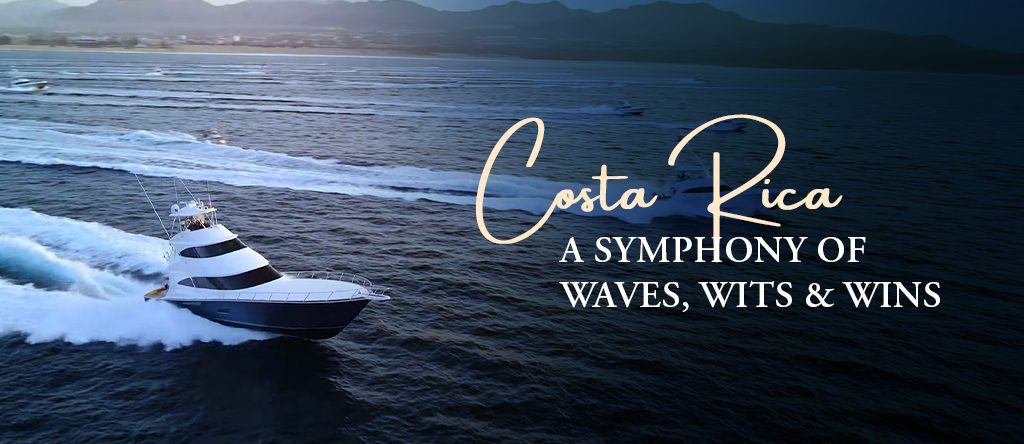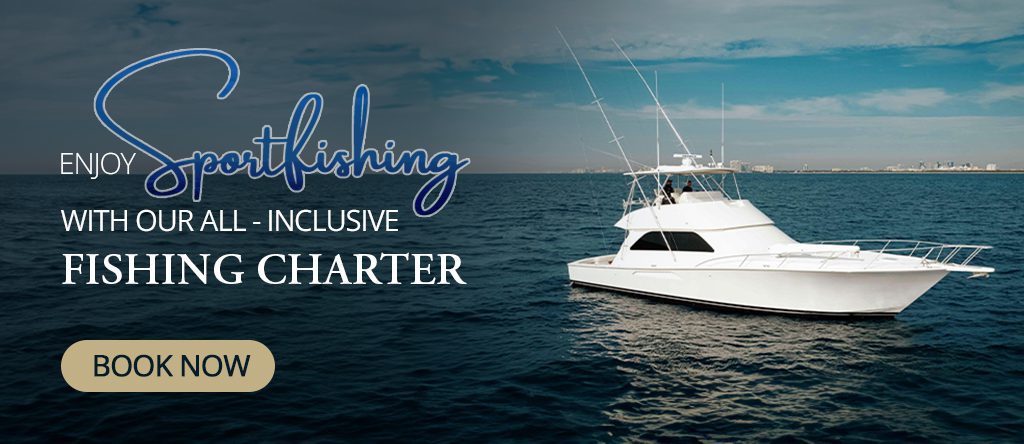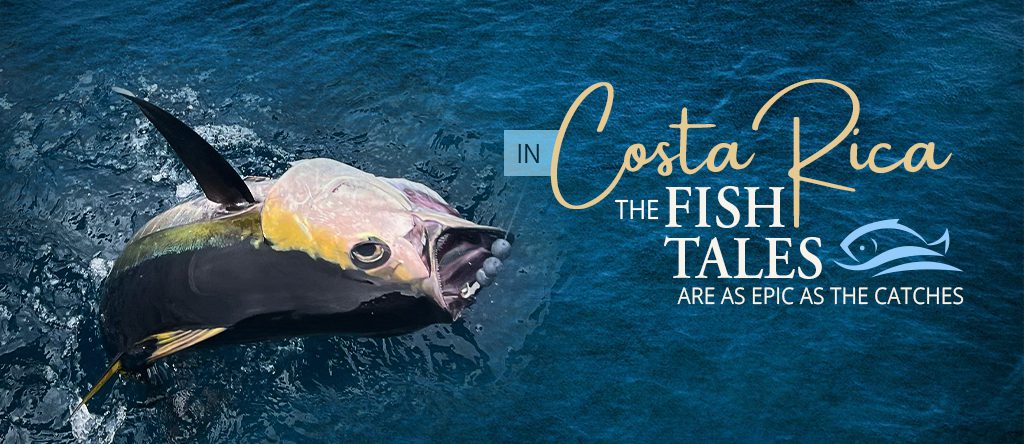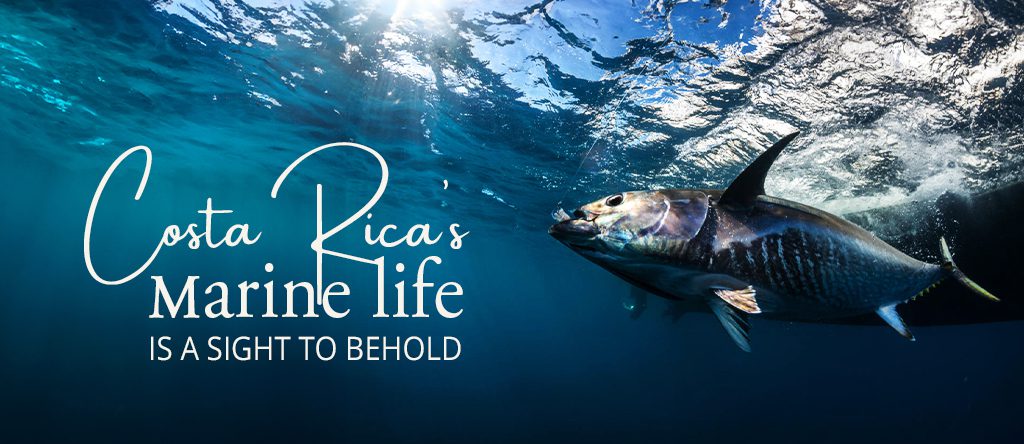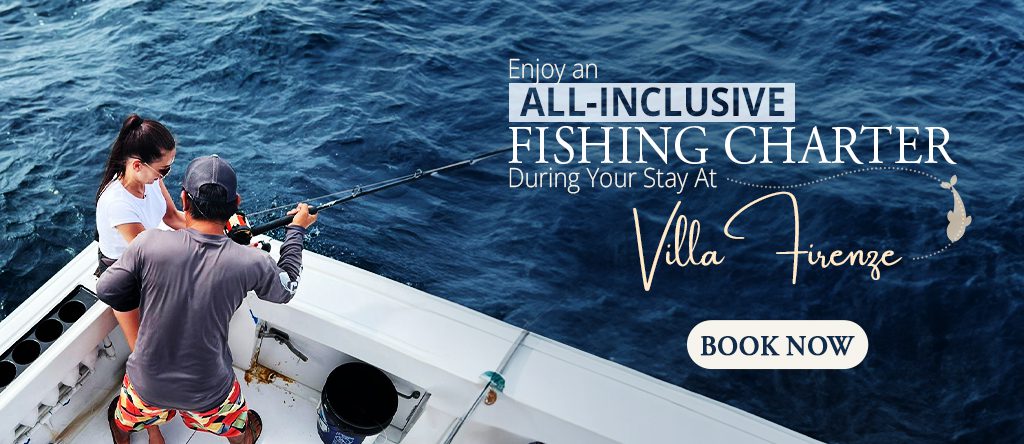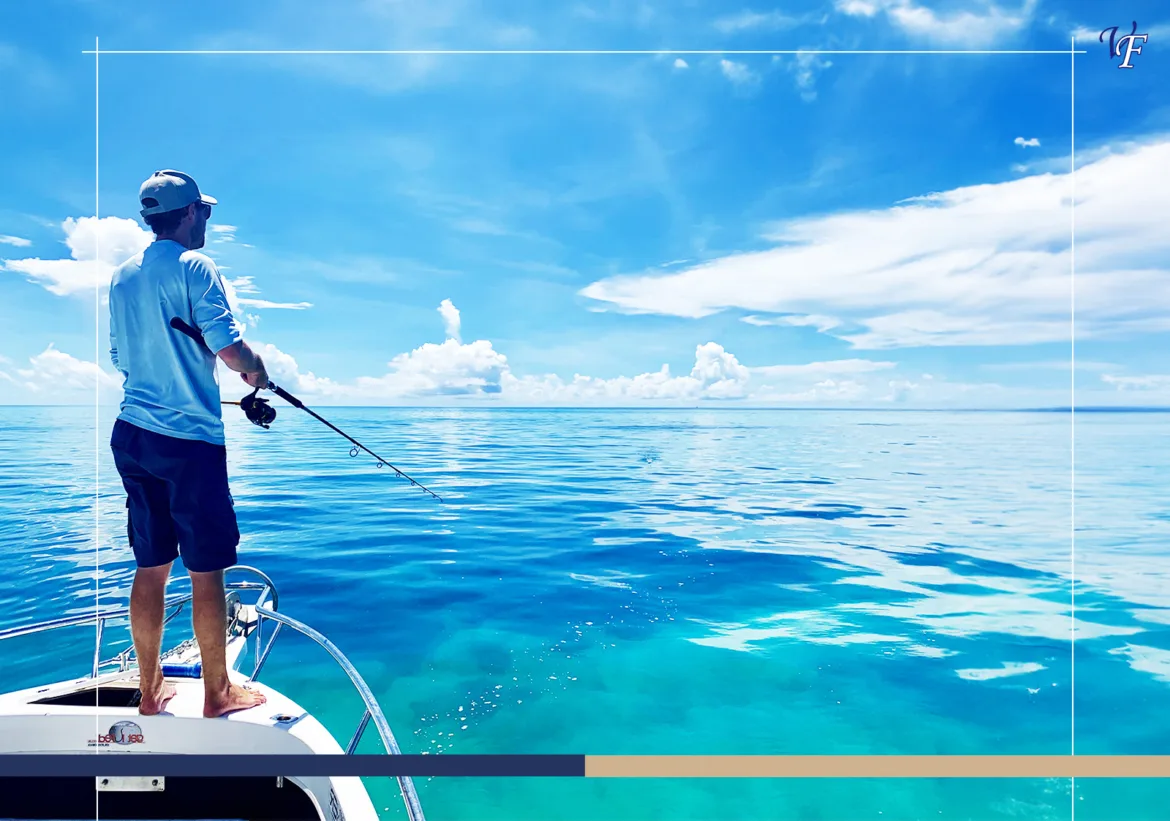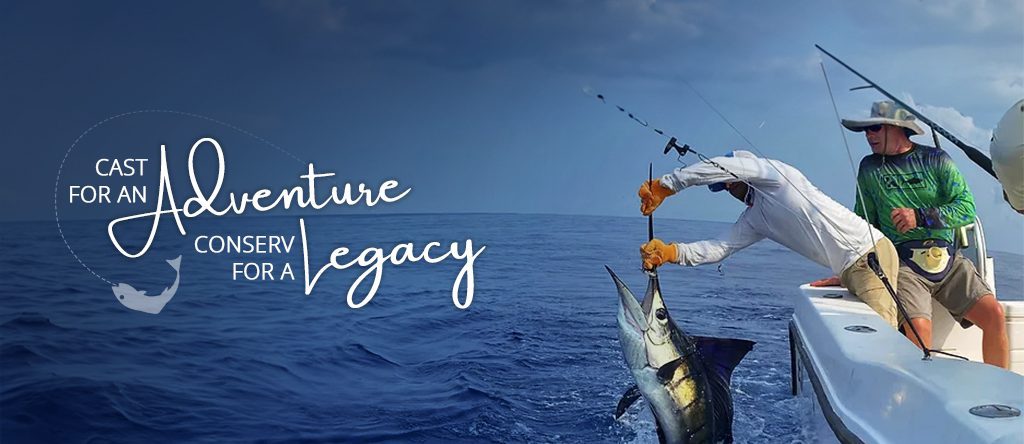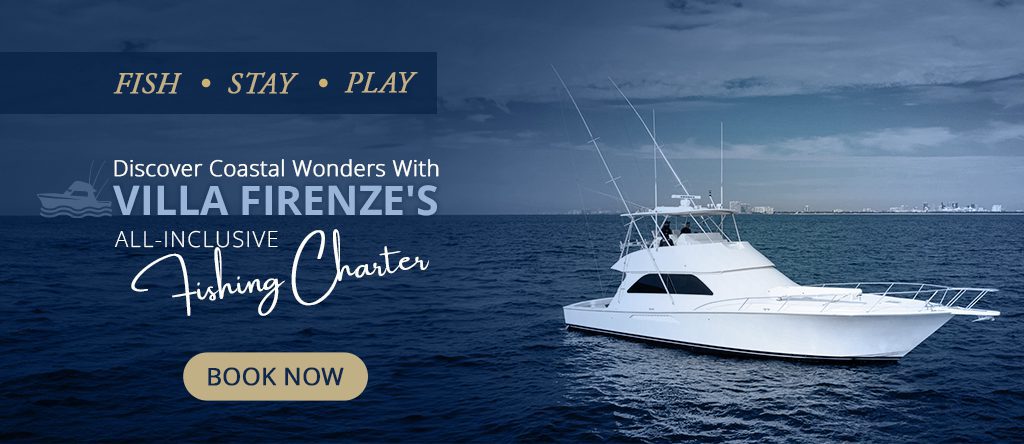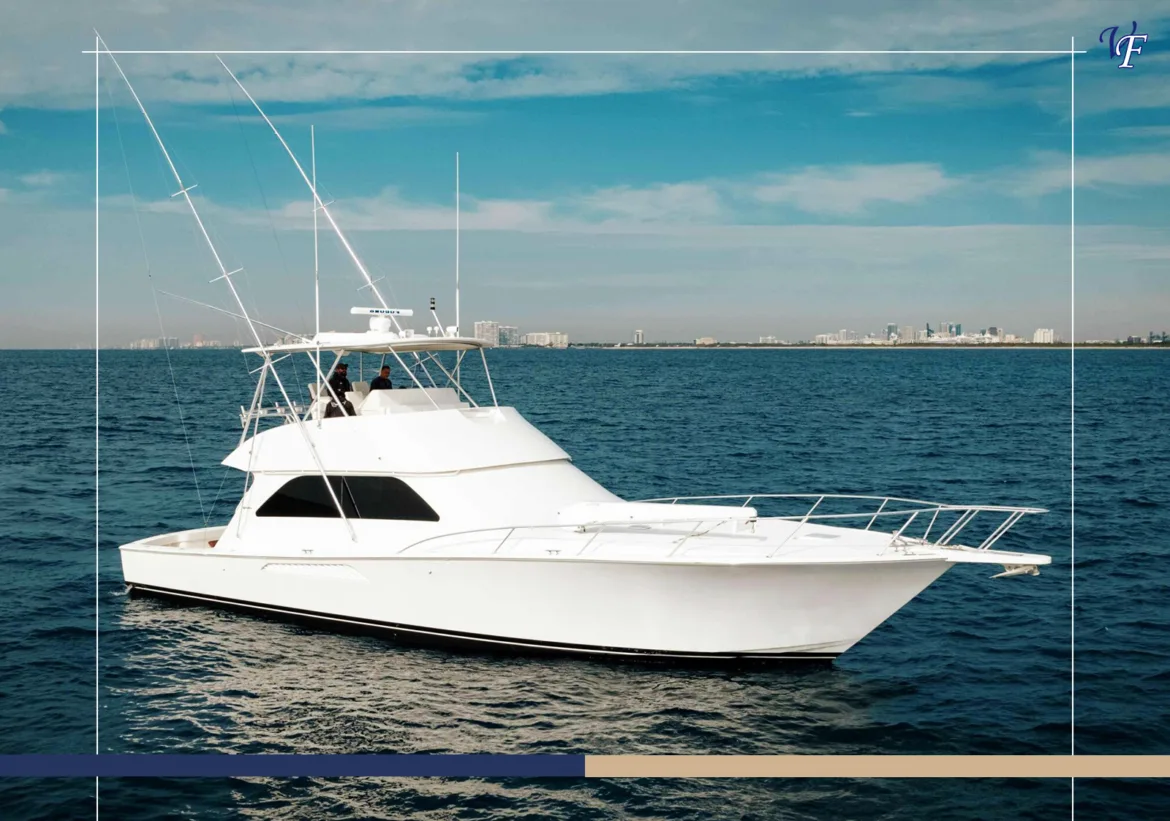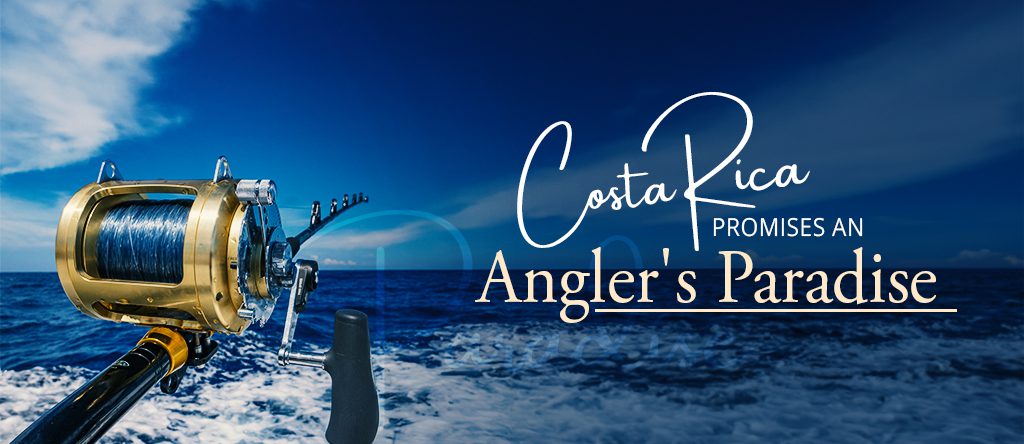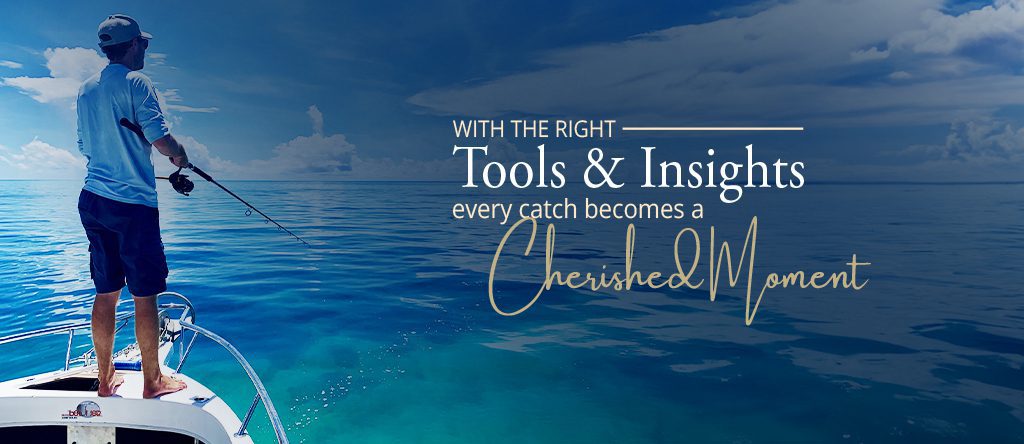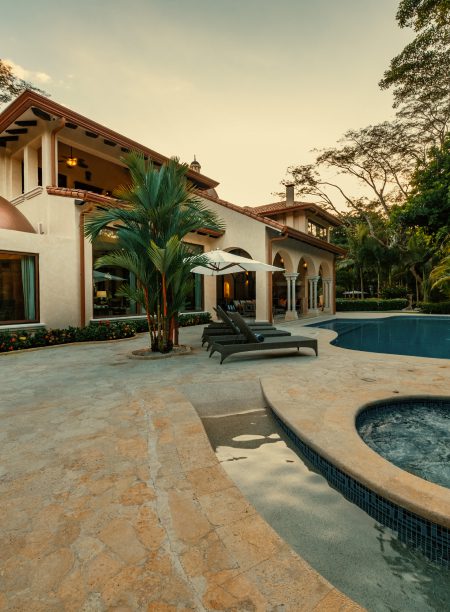Nestled in the heart of Central America, Costa Rica emerges as a paradise for anglers, where the confluence of the Pacific and the Caribbean creates a mesmerizing mosaic of marine life. This lush, biodiverse country is not just a haven for nature enthusiasts but a dream destination for sportfishing aficionados. The thrill of reeling in a majestic sailfish or the sheer excitement of encountering a school of vibrant snappers is unparalleled. However, the real secret to turning a fishing trip into an extraordinary adventure lies in understanding the intricate dance of fish behavior in their diverse habitats.
Sportfishing in Costa Rica is more than just a pastime—it’s an art and a science. Whether you’re gearing up for a serene day on a tranquil lake or preparing for the adrenaline rush of a competitive sportfishing tournament, knowledge of local fish behavior can transform your experience from ordinary to extraordinary. Each flick of the fin, every subtle change in movement, tells a story, revealing patterns essential for the savvy angler.
Understanding these patterns is not just about the catch; it’s about immersing yourself in the rhythm of the aquatic world. It’s about respecting and harmonizing with the ecosystem, bringing life to these waters. This blog delves into what makes fishing in this tropical paradise a unique and exhilarating experience. From fishing season in Costa Rica to the impact of tropical tides, from the preferred diets of different species to the latest in fishing technology, we offer ten golden tips to help you master the nuances of fish behavior and habitats. These insights are your key to unlocking the most rewarding sportfishing experiences in the rich, azure waters of Costa Rica.
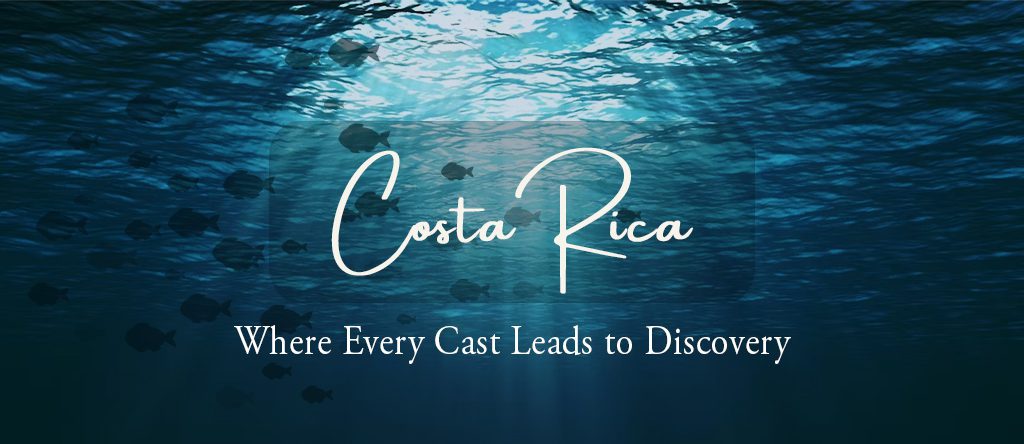
So, grab your fishing gear, and let’s embark on a journey to understand the secrets of the deep, making your next fishing excursion successful and truly unforgettable.
Tip 1: Seasonal Patterns and Migration
In Costa Rica, the fish dance to the rhythm of the seasons. Understanding this rhythm is vital to a successful catch. For example, the dry season brings in the sailfish and marlin from December to April, making it prime time for offshore fishing. In contrast, the green season, spanning from May to November, is perfect for freshwater species like the machaca and snook. Remember, each species has its own seasonal pattern. Tuning into these patterns can differentiate between an average day and a memorable fishing experience.
Tip 2: Local Habitats and Their Inhabitants
The diverse ecosystems are home to a variety of fish species. The coastal areas, with their rich estuaries, are the perfect fishing spots in Costa Rica for roosterfish and snapper. Riverine environments, with their dynamic currents, are the playgrounds of snook and tarpon. Meanwhile, the serene lakes host species like rainbow bass and tilapia. Knowing which species to expect in each environment can greatly enhance your fishing strategy.
Tip 3: Weather and Tidal Effects on Fish Behavior
Fish are incredibly sensitive to changes in weather and tides. A sudden drop in pressure before a storm can trigger a feeding frenzy, offering a perfect fishing opportunity. Waves also play a crucial role; high tides often bring inshore fish closer to the shore, while outgoing tides are ideal for deep-sea fishing. Keeping an eye on these natural cues can lead to a bountiful catch.
Tip 4: Diet Preferences of Costa Rican Fish
Each fish species in Costa Rica has its unique palate. Understanding what they prefer to eat helps in selecting the right bait. For instance, the elusive snook often falls for live shrimp or small fish, while the vibrant roosterfish tends to chase after poppers and live baitfish. Catering to these dietary preferences can significantly up your fishing game.
Tip 5: Leveraging Technology for Better Fishing
Modern technology has revolutionized fishing. Tools like fish finders use sonar technology to locate fish underwater, while GPS can help you mark and return to the most successful fishing spots. Additionally, mobile apps provide real-time data on weather, tides, and even fish activity. Embracing these strategies for a successful fishing tournament in Costa Rica can lead to a more informed and fruitful experience.
Tip 6: The Role of Water Temperature
Water temperature is a critical factor influencing fish behavior and habitat preferences. In the diverse waters of Costa Rica, different species have varying temperature tolerances. For example, warmer waters attract marlin and sailfish, while cooler temperatures suit trout and bass. Fish are often more active and feed more aggressively in their preferred temperature ranges. By monitoring water temperature, anglers can better predict where to find specific species, making their fishing trips more productive and enjoyable.
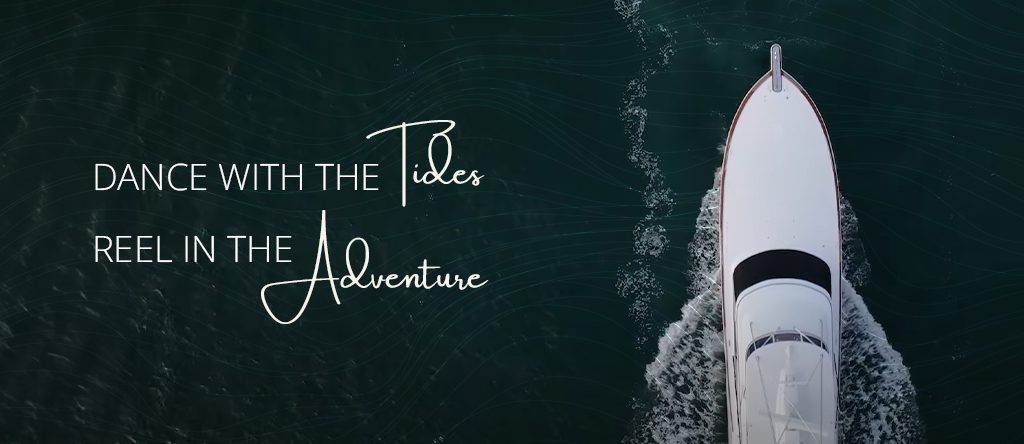
Tip 7: Gleaning Knowledge from Local Fishermen
Local fishermen are a treasure trove of knowledge. They understand the nuances of the waters and fish behavior through years of experience. Engaging with them can provide insights into the best fishing spots, effective baits, and the idiosyncrasies of local fish species. They can also share invaluable tips on how to adapt to changing fishing conditions. Respecting and learning from these seasoned experts can greatly enhance your fishing skills and contribute to a more authentic fishing experience in Costa Rica.
Tip 8: Conservation Areas and Fishing Regulations
Costa Rica is renowned for its commitment to environmental conservation, which extends to its aquatic ecosystems. Many areas are designated as conservation zones, and specific fishing regulations are in place to protect marine life. Understanding and adhering to these regulations ensures legal compliance and contributes to sustainable fishing practices. It’s essential to know catch-and-release areas, size and bag limits, and species-specific rules to help preserve rich marine biodiversity for future generations.
Tip 9: Optimal Fishing Times
The time of day can significantly impact fish activity and feeding patterns. Early morning and late afternoon are often the best times for fishing, as many species are more active during these cooler parts of the day. However, this can vary depending on the species and location. For instance, night fishing can be incredibly productive for species like tarpon and snook. Understanding these daily patterns and planning your fishing excursions can lead to more successful and rewarding outings.
Tip 10: Experimenting with Different Fishing Techniques
There’s no one-size-fits-all approach to Costa Rica fishing. The diverse environments and fish species call for a variety of techniques. From fly fishing in rivers to trolling in deep seas, each method offers a unique challenge and experience. Experimenting with different techniques allows anglers to discover what works best in various settings and for different species, enhancing their skills and enjoyment of the sport. It’s also an opportunity to adapt to changing conditions and continue learning in the ever-evolving world of fishing.
Conclusion
As we cast our lines back and reflect on these ten golden tips, it becomes clear that fishing in Costa Rica is much more than a mere sport—an intricate dance with nature, a harmonious blend of knowledge, skill, and respect for the environment.
From understanding the subtle cues of water temperature to embracing the wisdom of local fishermen, every aspect contributes to a richer, more fulfilling fishing experience.
Remember, the true essence of fishing isn’t just measured by the size of your catch but by the depth of your connection with the natural world. Whether you’re navigating the tranquil waters of a serene lake at dawn or facing the mighty Pacific in search of marlin, each moment is an opportunity to learn, adapt, and grow as an angler.

As we conclude this journey, we should not forget the importance of having the right accommodation option by your side. Whether you stay at a hotel, a resort, or an all-inclusive villa in Costa Rica, make sure the place aligns with your goals and itinerary for the day.
So, equip yourself with these insights, respect the environment, and dive into the adventure that Costa Rican waters offer. Whether you’re a seasoned angler or just starting, the waters of this beautiful country promise not just a catch but an unforgettable experience that goes beyond the reel and into what it truly means to fish.
Happy fishing, and may your lines be tight and your experiences in Costa Rica unforgettable!


